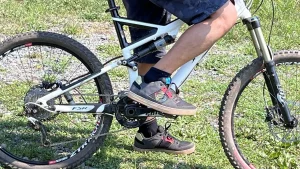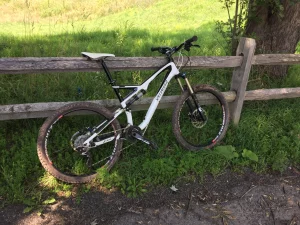The Best Leg Exercises for Cyclists
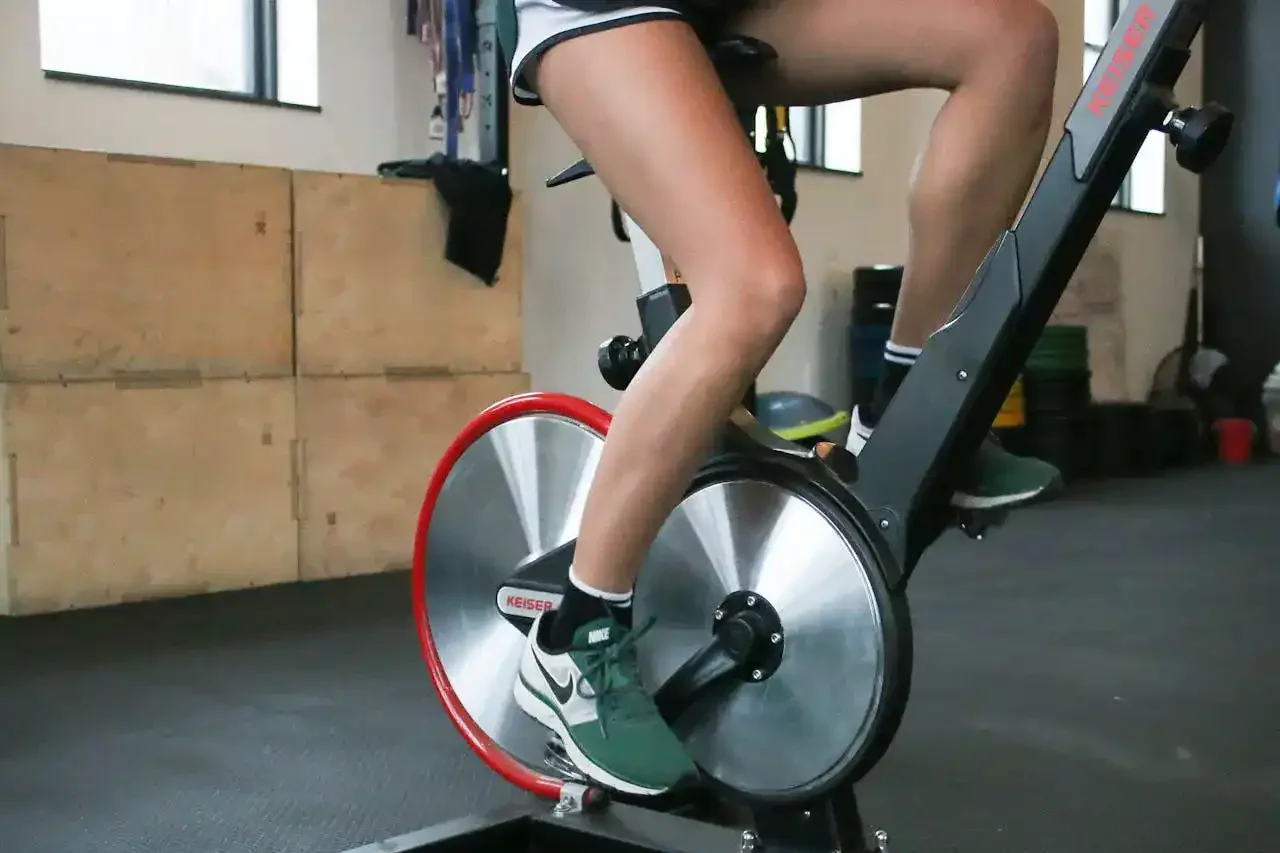
Table of Contents
How Cycling Builds Muscles
Cycling is an excellent form of exercise that can contribute to building muscles, particularly in the lower body. Here’s how cycling helps in muscle development:
- Resistance Training: The act of pedaling a bike provides resistance against your leg muscles, which helps to stimulate muscle growth. Uphill cycling or cycling against resistance (e.g., using a higher gear or riding on rough terrain) adds an additional challenge for your muscles. This increased resistance forces your muscles to work harder, leading to greater muscle growth and strength.
- Recruitment of Muscle Fibers: Cycling engages both slow-twitch (Type I) and fast-twitch (Type II) muscle fibers, promoting overall muscle strength and endurance. Cycling also primarily targets muscles in the legs, including the quadriceps (front of the thighs), hamstrings (back of the thighs), calves, and glutes (buttocks). As you pedal, these muscles contract and lengthen, which strengthens and tones them over time.
- Progressive Overload: Increasing resistance through gear changes, tackling inclines, or adding weight (like a backpack) can provide progressive overload for muscle growth.
- Range of Motion: Cycling involves a full range of motion for your legs, which helps strengthen muscles and improve flexibility. These include pushing and pulling the pedals, standing, and balancing. These movements engage different muscle groups and contribute to overall muscle development and coordination.
- Low Impact: As a low-impact activity, cycling allows you to build strength without excessive stress on your joints, making it a suitable option for a wide range of individuals. This allows you to train consistently without risking injury, making it an excellent option for people of all fitness levels.
- Endurance and Stamina: Cycling is an aerobic exercise that challenges your cardiovascular system and endurance. As you cycle regularly and increase the intensity or duration of your rides, your muscles adapt to the demands by becoming stronger and more efficient.
- Core Engagement: While cycling primarily targets the lower body, it also engages the core muscles to stabilize your body and maintain proper posture while riding. A strong core is essential for balance, power transfer, and injury prevention.
While cycling primarily targets the lower body muscles (glutes, quadriceps, hamstrings, and calves), it also engages the core and upper body muscles but to a lesser extent. To maximize muscle building through cycling, it’s essential to vary your rides, including different terrains, intensities, and durations. Additionally, incorporating strength training exercises targeting the muscles not directly engaged in cycling can further enhance overall muscle development and performance.
Exercises That Strengthen Your Cycling Muscles
To complement your cycling routine and strengthen the muscles used in cycling, incorporating specific strength training exercises can be highly beneficial. Here are some exercises that target the main cycling muscles:
Squats: Squats are excellent for strengthening the quadriceps, hamstrings, glutes, and lower back muscles, all of which are crucial for generating power while cycling. To perform a squat, stand with your feet shoulder-width apart, with the back straight by stabilizing your abs, lower your body by bending your knees and pushing your hips back as if sitting into a chair, then return to the starting position by pushing through your heels.
Muscles Worked – quadriceps, hamstrings, and glutes, which are all crucial for the pedaling motion.Lunges: Lunges target the quadriceps, hamstrings, and glutes while also engaging the stabilizing muscles in the hips and core. To do a lunge, step forward with one leg and lower your body until both knees are bent at 90-degree angles, then push back up to the starting position.
Muscles Worked – Quadriceps, hamstrings, and glutes, and improves balance and stability.Deadlifts: Deadlifts strengthen the hamstrings, glutes, lower back, and core muscles, improving overall lower body strength and power transfer while cycling. Stand with your feet hip-width apart, bend at the hips and knees to lower the weights (e.g., barbells, dumbbells, or kettlebells) towards the ground, keeping your back straight, then return to a standing position by pushing through your heels.
Muscles Worked – Lower back, hamstrings, and glutes, which are vital for generating power during cycling.Hamstring Curls: Stand with both hands resting on a sturdy surface like a table or chair. Lift one heel off the floor and move it toward your butt. Squeeze the muscles in the back of your leg while you hold this position. Lower your foot back to the floor.
Muscles Worked – Strengthens hamstrings, which help with the upstroke during pedaling.Calf Raises: Calf raises target the calf muscles, which are heavily involved in pedaling. Stand with the balls of your feet on a raised surface (e.g., a step or curb), lower your heels towards the ground, then raise your heels as high as possible by extending your ankles. You can perform calf raises with both legs simultaneously or one leg at a time for added challenge.
Muscles Worked – calf muscles, which are essential for pedal power and endurance.- Glute Bridges: While lying down, slowly raise your hips, engage your glutes, and squeeze your abs. Be careful not to arch your back as you lift your hips as high as possible. A perfect glute bridge consists of elevating your hips until your torso makes a straight line from your shoulder up to your knee.
Muscles Worked – glutes, which provide stability and power during cycling.
Planks and Side Planks: Planks engage the core muscles, including the abdominals, obliques, and lower back, which are essential for stability and posture while cycling. Hold a plank position with your forearms on the ground, elbows directly beneath your shoulders, and body forming a straight line from head to heels, engaging your core muscles to maintain stability.
Muscles Worked – Core muscles, which provide stability and balance on the bike.Hip Thrusts: Sit on the ground with your upper back against a bench and a barbell across your hips, then push through your heels to lift your hips towards the ceiling until your body forms a straight line from shoulders to knees.
Muscles Worked – glutes, which play a crucial role in generating power during cycling.
Incorporate these exercises into your strength training routine 2-3 times per week, focusing on proper form and technique to maximize effectiveness and prevent injuries. Incorporating a mix of these exercises into your strength training routine will help you build stronger cycling muscles and improve your overall performance on the bike. Additionally, consider consulting with a fitness professional to tailor a strength training program to your specific cycling goals and needs.
The Role of Recovery in Protecting Your Muscles After a Ride
Recovery plays a crucial role in protecting your muscles after a ride, as it helps to reduce muscle fatigue, promote muscle repair, and maintain overall muscle health. Here’s a breakdown of how recovery contributes to protecting your muscles:
- Reducing Muscle Fatigue: Intense cycling can lead to muscle fatigue, which may cause a temporary decrease in performance and increased risk of injury. Recovery allows your muscles to replenish energy stores and restore their ability to contract effectively.
- Muscle Repair: Cycling can cause stress and microscopic tears in your muscle fibers due to the repetitive contractions and exertion. Recovery time allows your body to repair and rebuild these fibers, ultimately leading to stronger muscles. Proper recovery allows your body to repair this damage and rebuild stronger muscles. Without adequate recovery, the risk of overuse injuries and muscle imbalances increases.
- Preventing Overtraining: Overtraining can lead to chronic muscle soreness, fatigue, and decreased performance. Incorporating proper recovery helps prevent overtraining, allowing your muscles to adapt and grow.
- Enhancing Performance: Recovery is essential for performance improvements. By giving your muscles time to rest and recover, you’ll be able to perform better in subsequent cycling sessions.
- Reduced Muscle Soreness: Post-ride muscle soreness, known as delayed onset muscle soreness (DOMS), is common and typically peaks within 24-72 hours after exercise. Recovery strategies such as stretching, foam rolling, and gentle movement can help alleviate muscle soreness by improving blood flow and reducing muscle tension.
- Replenishment of Energy Stores: Cycling depletes glycogen stores in the muscles, which are a primary source of energy during exercise. Consuming carbohydrates and electrolytes post-ride helps replenish glycogen stores and restore hydration levels, supporting muscle recovery and preventing fatigue.
- Inflammation Reduction: Intense exercise can trigger inflammation in the muscles, leading to discomfort and impairing recovery. Adequate rest, hydration, and nutrition, including anti-inflammatory foods and supplements like omega-3 fatty acids and tart cherry juice, can help reduce inflammation and promote faster recovery.
Optimal Adaptation: Recovery allows your body to adapt to the physiological stresses of cycling, such as improved cardiovascular fitness, increased muscle strength, and enhanced endurance. Consistent recovery practices, including rest days, quality sleep, and stress management, optimize these adaptations and support long-term progress.
To optimize muscle recovery after a ride, consider incorporating the following strategies:
- Cool Down: Perform a short cool-down session on the bike or engage in light stretching to help your muscles relax and recover.
- Hydration: Drink plenty of water or electrolyte-rich beverages to replace fluids lost through sweat during cycling.
- Nutrition: Consume a balanced meal or snack containing carbohydrates and protein within 30-60 minutes post-ride to support muscle repair and glycogen replenishment.
- Active Recovery: Engage in low-intensity activities, such as walking, swimming, or yoga, to promote blood flow and muscle recovery without causing further muscle stress. Gentle stretching helps promote blood flow and facilitate muscle recovery without causing additional fatigue.
- Sleep: Prioritize quality sleep, aiming for 7-9 hours per night, to support muscle repair, hormone regulation, and overall recovery processes.
- and Rest: Allow your body adequate time to rest and recover between rides, especially after intense or long-distance cycling sessions. Prioritize quality sleep and rest, as this is when your body undergoes the majority of its repair and recovery processes.
By incorporating proper recovery strategies into your cycling routine, you’ll help protect your muscles, maintain performance, and foster long-term muscle health.
Strong Legs for Better Cycling
I hope you found this information helpful. Check out my other related posts such as addressing cyclist’s knee and understanding common cycling ankle injuries. We also recorded a related podcast on injuries and prevention.
